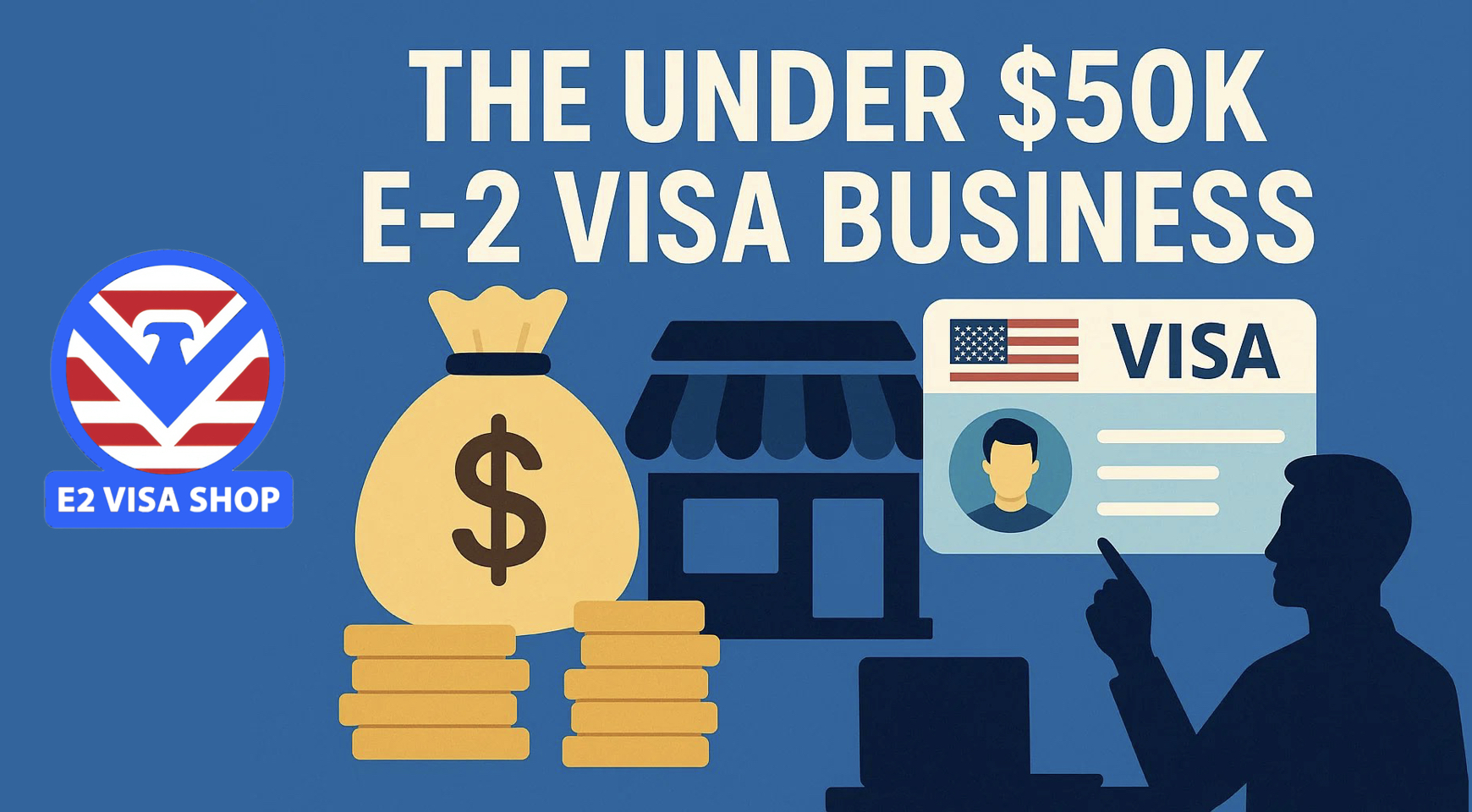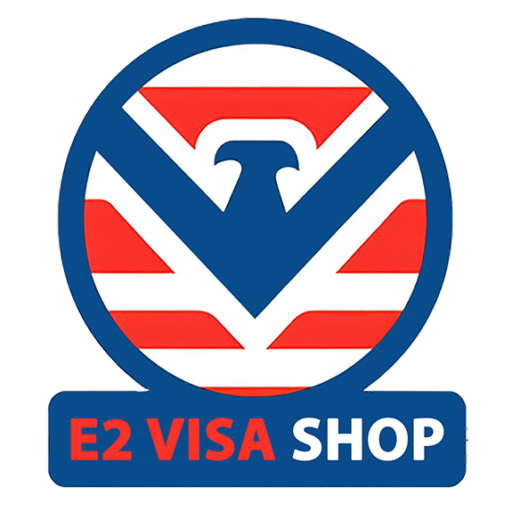Read this to understand the in’s and out’s of starting an under $50,000 E-2 Visa Business

For many aspiring entrepreneurs from treaty countries, the E-2 Visa offers a pathway to live and work in the United States by investing in a U.S.-based business. While the visa regulations do not specify a minimum dollar amount, many believe that $100,000 or more is the benchmark. In reality, it is possible to qualify with a well-structured investment under $50,000. This article explores the advantages, challenges, and benefits of launching an E-2 business under $50K, providing insight into how this model works and what to expect.
Advantages of an Under $50K E-2 Investment
1. Lower Financial Risk
A major benefit of investing under $50,000 is minimizing exposure. For entrepreneurs working with limited capital or looking to test the U.S. market, this model provides a lower barrier to entry without overextending financially.
2. Lean, Efficient Operations
Smaller investments often lead to lean startups—businesses that focus on essential services, cost efficiency, and rapid adaptability. This can be a strategic advantage, especially in industries like mobile services, consulting, online retail, or niche food concepts.
3. Faster Setup and Scalability
Many low-capital businesses can be launched within 60–90 days. With the right structure, it’s easier to scale based on performance. A well-documented growth plan can help demonstrate long-term viability to the consular officer.
4. Control and Simplicity
Under $50K businesses are usually owner-operated, allowing E-2 visa applicants to maintain full control, streamline operations, and focus their efforts without needing a large team or complex corporate structure.
Challenges to Consider
1. Visa Approval Scrutiny
The biggest challenge is proving that a sub-$50K investment is both substantial and non-marginal. Consular officers will look for:
- Evidence that the funds are irrevocably committed.
- A viable business model with a plan to generate more than minimal living income.
- A clear role for the applicant within the business.
2. Limited Initial Hiring
Smaller businesses often struggle to hire U.S. workers early on. While initial job creation isn’t mandatory, showing a plan to create employment in Year 1 or Year 2 is critical to demonstrating non-marginality.
3. Industry Limitations
Not every business sector is feasible with a small investment. Capital-intensive industries—such as manufacturing, trucking fleets, or franchises—are typically out of reach. Instead, entrepreneurs should target service-based or digital-first businesses.
Realistic Benefits of a Sub-$50K E-2 Business
1. Start Small, Grow Strategically
Many successful entrepreneurs begin with limited capital and reinvest profits into expansion. E-2 visa holders can renew indefinitely, provided the business continues to meet the requirements. Starting small doesn’t mean staying small.
2. Visa for Family Members
Even with a modest investment, successful E-2 applicants can bring their spouse and children under 21 to the U.S. Spouses can apply for work authorization, adding an additional source of household income.
3. Flexibility in Business Type
Popular E-2 businesses under $50K include:
- Mobile services (e.g., car detailing, cleaning, repairs)
- Online reselling or Amazon FBA models
- Consulting (IT, marketing, wellness)
- Small food operations (ice cream kiosks, coffee carts)
- Real estate support services
- E-commerce boutiques
4. Path to Growth or Transition
With the right structure, an under-$50K E-2 business can serve as a launchpad to a larger opportunity. Over time, entrepreneurs may reinvest into a second location, expand into new markets, or even transition to a different visa category.
Final Thoughts
The Under $50K E-2 Visa business model isn’t for everyone—but it’s an exciting, viable path for entrepreneurs who are resourceful, hands-on, and committed to building something meaningful in the U.S. It requires strategic planning, a strong business plan, and evidence that the business can grow and contribute to the local economy.
With the right support and legal structure, a small investment can create a big opportunity.
